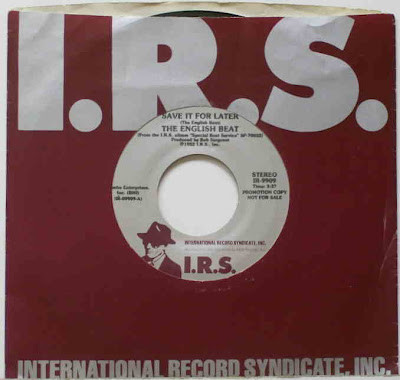Saving for a house while renting can feel like an uphill battle, but it’s absolutely achievable. At savewhere.net, we understand the challenges and are here to provide practical strategies to help you turn your homeownership dreams into reality while effectively managing your finances. Let’s explore how you can navigate the complexities of renting and saving simultaneously, focusing on financial planning and maximizing your savings rate.
1. Is It Possible to Save for a House While Renting?
Yes, it is possible to save for a house while renting with the right strategies and financial discipline. Many people successfully balance rental payments with saving for a down payment. The key is to create a solid savings plan, stick to a budget, and find ways to increase your income and decrease expenses.
Saving for a down payment while renting requires a clear understanding of your financial situation and a commitment to reaching your savings goals. It involves making informed decisions about your spending habits and identifying areas where you can cut back. Let’s dive into some actionable steps you can take.
2. How Can I Create a Budget to Save for A House?
Creating a budget is the foundation of saving for a house. A well-structured budget helps you track your income and expenses, ensuring you allocate enough funds toward your down payment goals. Let’s break down how to set one up.
2.1. Track Your Current Spending
Start by understanding where your money is currently going. Use budgeting apps, spreadsheets, or even a simple notebook to record all your income and expenses for at least a month.
2.2. Identify Areas to Cut Back
Once you have a clear picture of your spending habits, identify areas where you can reduce expenses. This might include dining out, entertainment, subscriptions, or other discretionary spending.
2.3. Set Realistic Savings Goals
Determine how much you need to save for a down payment and how long you have to reach that goal. Divide the total amount by the number of months to calculate your monthly savings target.
2.4. Utilize the 50/30/20 Budget
Consider using the 50/30/20 budget rule, where 50% of your income goes towards needs (rent, utilities, groceries), 30% towards wants (entertainment, dining out), and 20% towards savings and debt repayment. Adjust these percentages based on your financial situation and savings goals. For example, you might allocate 30% to savings and reduce your wants to 20%.
2.5. Automate Your Savings
Set up automatic transfers from your checking account to your savings account each month. Automating your savings ensures you consistently contribute to your down payment fund without having to think about it.
2.6. Review and Adjust Regularly
Regularly review your budget to ensure you’re on track with your savings goals. Adjust your budget as needed to reflect changes in your income or expenses.

